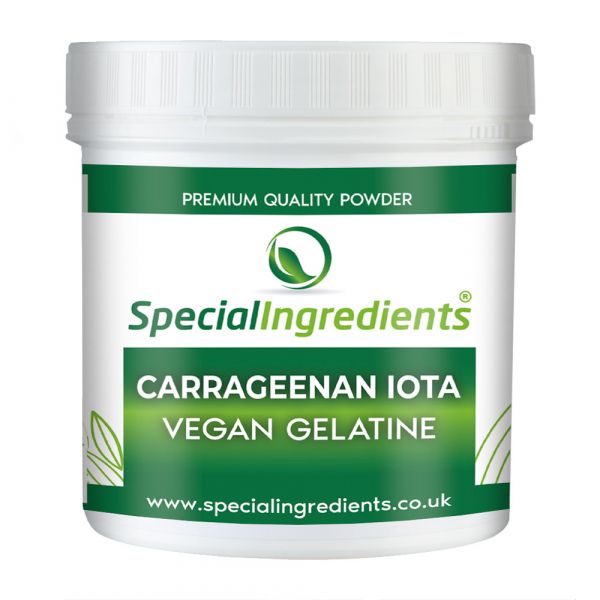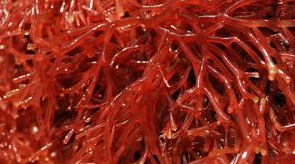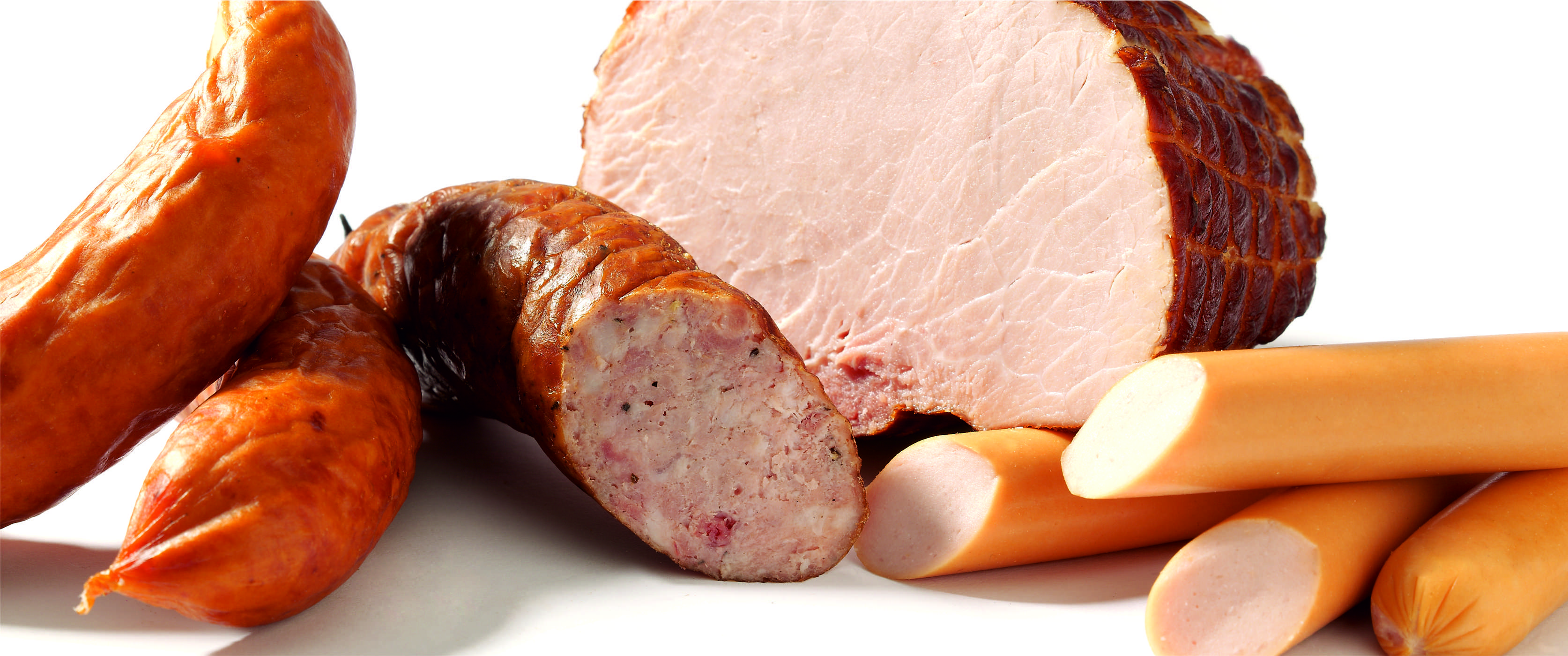

Iota-carrageenan is a polysaccharide that reveals antiviral activity by binding to viruses, inhibiting its replications and, consequently, its viral propagation. The main purpose of the treatment is the relief of symptoms however, the medication is often associated with adverse effects. Although benign, its symptoms result in economic burden and can lead to severe or even fatal complications in children, elderly and groups with comorbidities.

Rajantharan RS (2011) Investigation on the effects of ionic liquid and ionic mixture in biodegradable polymer electrolytes.The common cold is one of the most frequent viral infections in humans. Shuhaimi NEA, Teo LP, Woo HJ, Majid SR, Arof AK (2012) Poly Bull 69:807–826 Noor SAM, Ahmad A, Talib IA, Rahman MYA (2010) Ionics 16:161–170Ĭosta MM, Terezo AJ, Matos AL, Moura WA, Giacometti JA, Sombra ASB (2010) Physica B 405:4439–4444 Nhlapo NS, Focke WW, Vuorinen E (2012) Thermochim Acta 546:113–119 Medhat Ibrahim EK (2004) Acta Chim Slov 51:453–460 Su'ait MS, Ahmad A, Hamzah H, Rahman MYA (2011) Electrochim Acta 57:123–131 Harcourt College Publishers, San Diegoįreile-Pelegrín Y, Azamar JA, Robledo D (2011) J Aquatic Food Product Tech 20:73–83Īranilla CT, Nagasawa N, Bayquen A, Rosa AD (2012) Carbohydrate Poly 87:1810–1816įan L, Wang L, Gao S, Wu P, Li M, Xie W, Liu S, Wang W (2011) Carbohydrate Poly 86:1167–1174įernández-Carretero FJ, Compañ V, Riande E (2007) J Power Sources 173:68–76 Pavia DL, Lampman GM, Kriz GS (2001) Introduction to spectroscopy: a guide for students of organic chemistry.
IOTA CARRAGEENAN SIGMA LICENSE
Handy S (2011) Applications of ionic liquids in science and technology (2011): InTech, Chapters published September 22, under CC BY-NC-SA 3.0 license Solid State Ionics 156(3–4):357–369īandara TMWJ, Dissanayake MAKL, Albinson I, Mellander B-E (1998) J Non-Cryst Solids 241:140–148 Otomo J et al (2003) Protonic conduction of CsH 2PO 4 and its composite with silica in dry and humid atmospheres. Yang Y, Hu H, Zhou CH, Xu S, Sebo B, Zhao XZ (2011) J Power Sources 196:2410–2415 Leong KH, Chung LY, Noordin MI, Mohamad K, Nishikawa M, Onuki Y, Morishita M, Takayama K (2011) Carbohydrate Poly 83:1507–1515 Khiar ASA, Puteh R, Arof AK (2006) Physica B 373:23–27Ĭampo VL, Kawano DF, Silva DB Jr, Carvalho I (2009) Carbohydr Polym 77:167–180 Rodríguez J, Navarrete E, Dalchiele EA, Sánchez L, Ramos-Barrado JR, Martín F (2013) J Power Sources 237:270–276

Mobarak NN, Ramli N, Ahmad A, Rahman MYA (2012) Solid State Ionics 224:51–57 Vieira DF, Avellaneda CO, Pawlicka A (2007) Electrochim Acta 53:1404–1408 Samsudin AS, Khairul WM, Isa MIN (2012) J Non-Cryst Solids 358:1104–1112 Raphael E, Avellaneda CO, Manzolli B, Pawlicka A (2010) Electrochim Acta 55:1455–1459 The ionic conductivity of ɩ-carrageenan film increases from 2.19 × 10 −8 to 4.87 × 10 −6 S cm −1 after chemical modification of ɩ-carrageenan to carboxymethyl ɩ-carrageenan.

Meanwhile, the scanning electron microscope observation reveals that the carboxymethyl ɩ-carrageenan film becomes smoother than ɩ-carrageenan film which supports the ionic conductivity enhancement. X-ray diffraction analysis shows that the chemical modification of ɩ-carrageenan increases the amorphous phase of polymer electrolyte film. Thermal gravimetric analysis result shows that the modified powder and film were stable up to 300 ☌. The polymer electrolytes films were prepared by solution casting technique. The produced powders were characterized by 1H nuclear magnetic resonance and attenuated total reflection Fourier transform infrared spectroscopy to confirm the substitution of targeted functional in ɩ-carrageenan. ɩ-Carrageenan was reacted with monochloroacetic acid to produce carboxymethyl ɩ-carrageenan. A new type of solid polymer electrolyte based on iota (ɩ)-carrageenan derivative has been investigated.


 0 kommentar(er)
0 kommentar(er)
